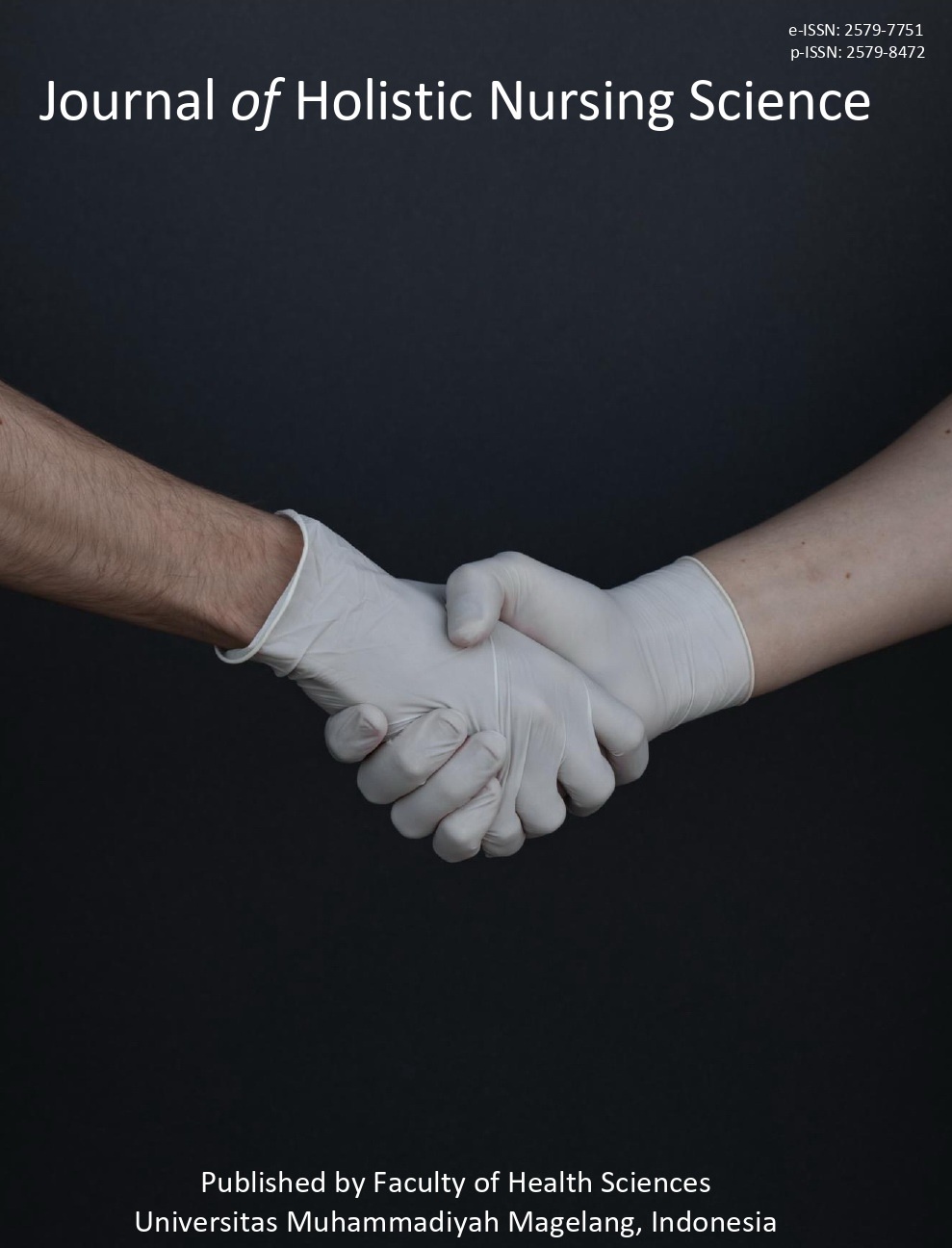PENGARUH GUIDED IMAGERY DALAM MENURUNKAN STRESS SISWA MENGHADAPI PROSES BOARDING SCHOOL DI SMK KESDAM IV KOTA MAGELANG
Main Article Content
Abstract
Adolescence is a period of transition from childhood to adulthood. In adolescence can also be called the period of "storms and stresses" a period in which emotional tension increases as a result of physical changes and glands. Stress in schools arises from the various uncomfortable pressures felt by students, thus triggering physical and psychological tensions that result in changing behavior and affecting students' own learning achievements cognitively. To know the effect of guided imagery in reducing stress level of students in facing Boarding school process at SMK Kesdam IV/Diponegoro Magelang City. The research design used in this research is Quasi Experiment with two group type pre post test with control group, the analysis used is paired-samples t-test. Guided imagery influence on decreasing stress level in students who experience boarding school process at SMK Kesdam IV / Diponegoro with p-value = 0,000 with mean of decrease 4,83 compared to control group with mean of decrease 2,37. The level of stress on the boarding school process can go down with guided imagery
Downloads
Article Details
Authors who publish their articles in JHNS retain full copyright of their work. JHNS does not require authors to transfer their copyright to the journal or Universitas Muhammadiyah Magelang as the publisher. The authors grant JHNS a license for the first publication.
